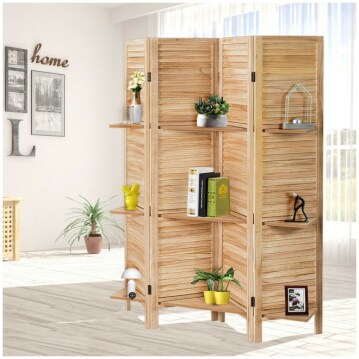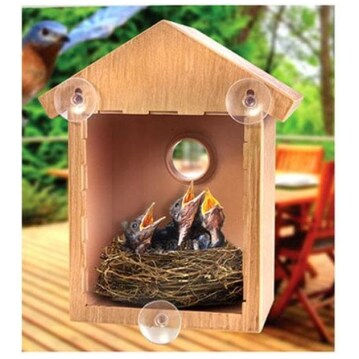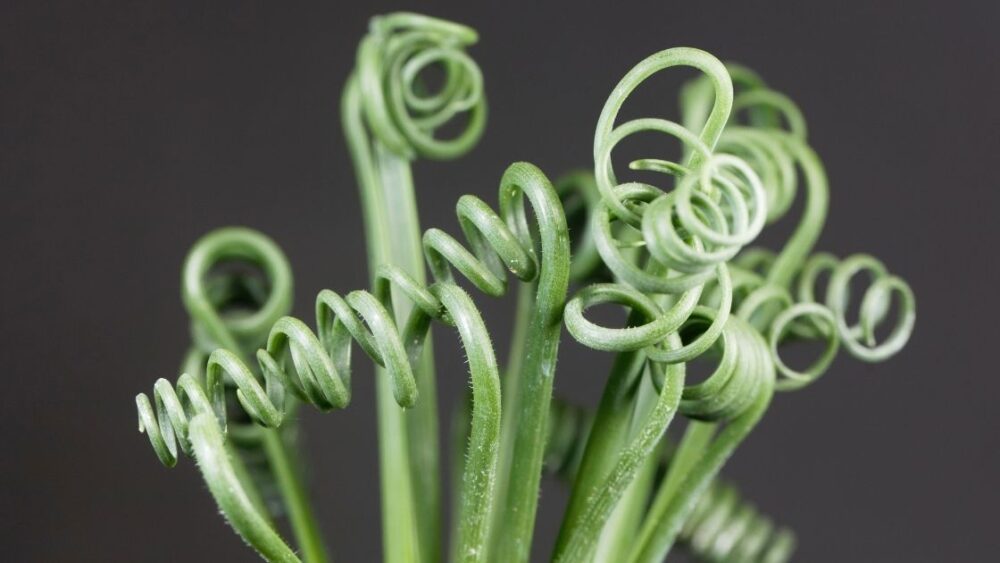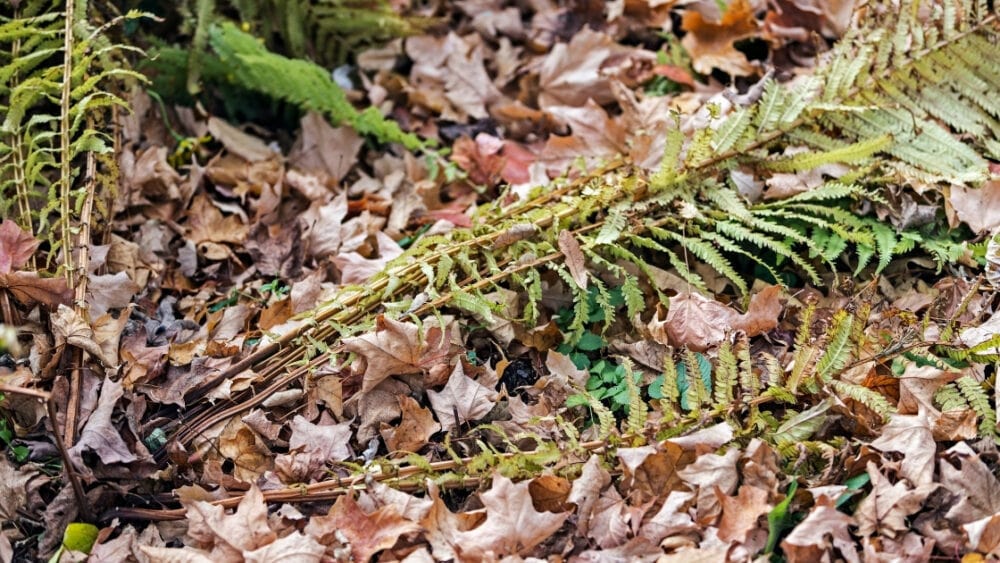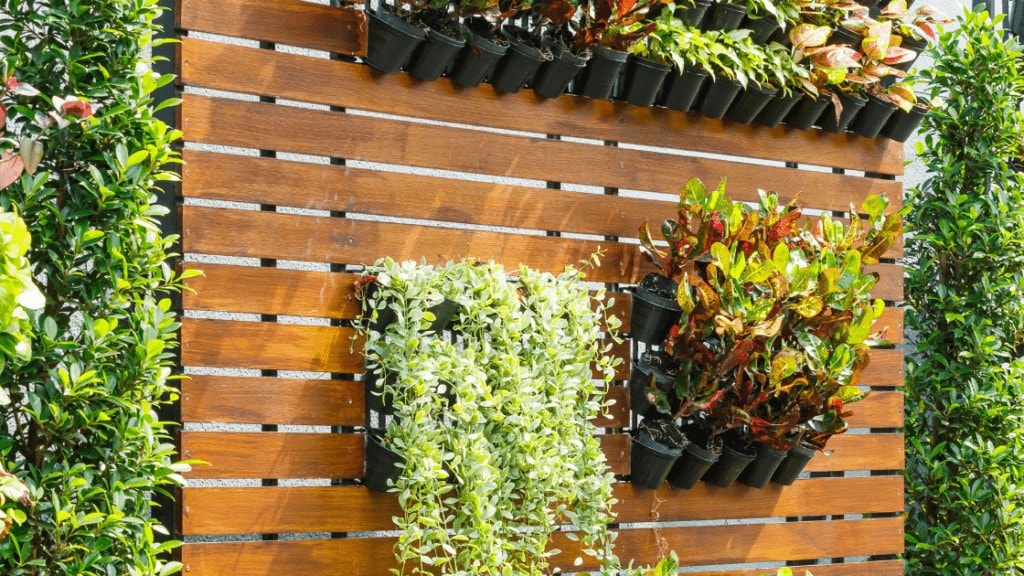
Many times, when people talk about personal gardens, you a picture a large dedicated space that’s full of different types of plants and flowers. In reality, people make use of small areas by using vertical gardens that are easy to build and are relatively inexpensive in price.
Presently, lots of companies are investing in these types of gardens for their environmental, physiological, aesthetic, and economic benefits. While these types of vertical gardens are built on a massive scale, for the everyday person, they fit in just right for the small area you may have. In this article, we will discuss uses, plants that can be used, and what to expect in owning a vertical garden. If this is what you are looking for read on.
What Are Vertical Wall Garden Kits?
vertical wall garden kits are a fantastic solution for those having limited space. Simply speaking, these kits include everything that will be required for creating and installing your personal garden within your residence. Nevertheless, it can seem rather overwhelming to select the proper kit for your coveted vertical garden. You’ll come across numerous products these days, and many of them are of better quality as compared to the others.
Browse our Affiliate Products
The concept of vertical gardening was first originated by the French botanist named Patric Blanc. Vertical wall garden kits provide an opportunity for flowers, vegetables, and herbs to grow within very small spaces, both indoors and outdoors. We are no longer restricted to the conventional skinny and tall plant range like climbers or conifers. It is now possible to grow a tapestry of color and texture in a small garden out there.
As Shown below Amazon offers a variety of vertical garden kits to choose from to suit your needs.
What Are The Benefits of Vertical Gardening?
Below we have provided several of the most notable benefits provided by vertical gardening at present.
Vertical Gardens As Space Savers
Right now, the majority individuals are residing in apartments and do not have any outdoor garden space. However, a vertical garden utilizes very small space making it possible to grow piles of plants easily by hanging one over the other or arranging one by one vertically.

You can check out similar items from Amazon below
Risk-free
It is a fact that the plants will be grown above the ground which will help to reduce the threat of pest. This will also help to safeguard the plants from getting damaged because of pets which usually dig up any outdoor garden. Such as a pet digging up a watermelon crop.
A Wide Variety of Plants
You can grow a wide variety of plants such as decorative, as well as, vegetable plants to provide aesthetic value to your garden. Moreover, it is easier to maintain a vertical garden.
Provides Protection
It is known to everybody that plants help to absorb harmful compounds and pollutants. Therefore, when the plants are grown vertically, it helps to protect us and also provide a pure environment for breathing in.
Simple to Maintain
Plants which are vertically arranged are not difficult to reach thus making fertilizing, pruning, watering, plus harvesting extremely convenient.
Provides You With Privacy
A vertical garden will help to create more privacy by obstructing any unwanted view or nosy neighbors. For instance, we can grow a vertical garden for screening any unattractive garden structure such as compost bays or sheds.
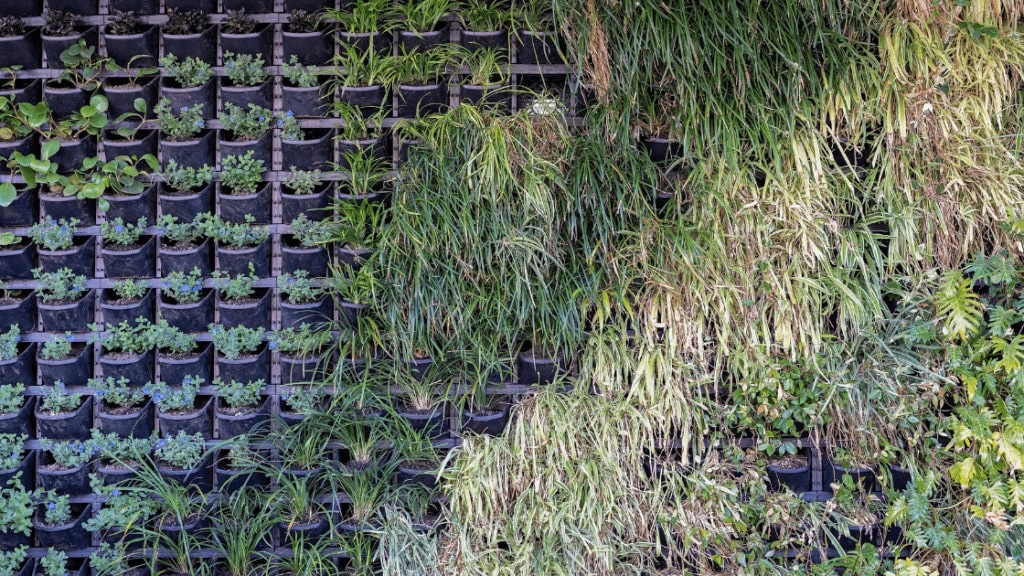
Helps to Improve Your Health
It has been shown by research that plants help to improve indoor as well as outdoor air quality by getting rid of any pollutant or harmful VOCs. In this way, growing vegetation vertically even in small spaces will make a significant difference to your health.
Are There Any Disadvantages of Vertical Gardening?
Although vertical gardens appear to be rather cool and need a small amount of space, they also come with certain drawbacks. Here, we have mentioned some notable downsides of vertical gardening.
More Maintenance
On many occasions, a vertical garden can result in increased maintenance especially if it is placed indoors. A conventional outdoor garden is helped by rainwater and other elements. However, in case you have any indoor vertical garden, it will be required for you to spend a significant amount of time for watering the plants.
Moreover, in case you do not keep a close watch on the garden, it might attract germs and bugs. At times, there is a possibility of water-borne pathogens to flow down to lower foliage from the higher plants, thus spreading the pathogens. However, the situation can be avoided by proper maintenance.
Plant Types Are Limited
The layout of any vertical garden can restrict the types of plants which can be included. In case you do have a small garden with plants close together, then there is limited space for the roots to develop. Apart from this, heavier plants won’t get the support required by them in a vertical garden.
Can Prove to be Expensive
It is a fact that more work will be needed to grow plants in a vertical garden as compared to growing vegetation on the ground, and therefore, it can prove to be more costly unlike a traditional garden. On average, the cost of starting a vertical garden will require approximately $100 or more depending on personal preference. Following this, you need to include the cost of plants, soil, as well as a drip watering system. In a nutshell, you might be required to invest somewhere between $195 and $250 every square foot for installing a typical vertical garden.
Is it Cost-Effective?
A vertical garden can also prove to be cost-effective by helping us to save a considerable amount of cash. The green walls help to provide cooling in a natural way that helps to minimize the usage of air-conditioners in the long run. This will result in the reduction of energy bills significantly. Almost 50% of the temperature is controlled by the green walls which help to keep the place cool.
What Plants Are Good For Vertical Garden?
Not every plant will be able to adapt properly to vertical gardening. It is important for them to have certain characteristics for proper growth and development. Below, we have mentioned some plants which are good for a vertical garden.
Ferns
It is quite easy to grow ferns which covers the area quite fast. You can easily grow blue star ferns, sword ferns, and bird’s nest ferns since they are the easiest. These types of plants are going to grow downward, and therefore, other covering plants must be grown along with them as well.
If you want to know more about ferns, check out our article below.
Bromeliads
The majority of the bromeliads feature shallow roots and they do not require much space for growing. This helps to make them ideal for any vertical garden out there. Apart from this, the long-lasting flowers and colorful leaves of these plants will help your vertical garden to appear attractive.
Begonias
Growing begonias will be a sensible idea in case you’re going to hang the living wall in a place which receives a considerable amount of sunlight.
Hostas
Hostas require shade as well as cool climate. These plants are utilized as a groundcover in many gardens.
Lipstick plant
It is quite easy to grow lipstick plants in a vertical garden. It is ideal for these types of gardens since it does not need deep soil for growing. They can also be grown indoors.
Succulents
Succulents are the plants which are most used for vertical gardens at present because of their resistance and adaptability to variations in climate and temperature fluctuations. You can always consider plants such as the string of pearls, crassula, echeveria, as well as sedum.
Check out our succulents article category below.
outdoorgardenaccessories.com/category/gardening/succulents/
Vines
Vines like pothos, philodendrons, ivies, and rosary vine, plus wandering jew which are low maintenance can also be grown in vertical gardens easily. They will be able to survive in indirect sunlight as well.
Can Vegetable Grow Well in Vertical Gardens?
It is possible to grow a vertical vegetable garden within a small amount of space. It is easy to create these types of vegetable gardens by using hanging baskets, trellises, or shelves. It will be the amount of sunlight which will figure out which plants are going to thrive in the garden. For example, vegetables such as cabbage, lettuce, and greens will be performing well in limited sunlight in case the area where you live is a shady one.
However, if your area receives a considerable amount of sunshine then you can select more plants which will survive best in full sunshine. Your choices will consist of peppers, tomatoes, potatoes, carrots, beans, as well as radishes.
What Herbs Grow Well In A Vertical Garden?
Ideally speaking, the best herbs that you can grow in your vertical garden will be those which you’d like to use and eat. Having said that, it will be sensible to grow smaller plants having a minimal root system given that they need less soil and also weigh less. Some well-known herbs that can be grown in vertical gardens include Basil, Dill, Lemon Balm, Cilantro, Parsley, Mint, Rosemary, and Stevia.
What Types of Vertical Garden Types Are There?
The popular types of vertical gardens include green walls, freestanding vertical garden systems, and green facades.
Green walls
Living walls or green walls consist of modular green panels or containerized plants which have been placed across the face of a wall. These types of plantings might incorporate shrub-like and herbaceous species as well as small trees.
Green facades
These types of vertical gardens usually consist of scrambling or climbing plants growing across for upwards a support structure like a trellis. Usually, green facade plants will include tendrils like clematis, twiners such as honeysuckle, as well as scrambling plants like winter jasmine.
Freestanding vertical gardening systems
These types of vertical gardens are usually found in recreational areas and other spaces throughout the globe. In fact, this sort of garden system can offer a pergola-type experience for the users.
Are Vertical Gardens Hard to Maintain?
Generally speaking, it will be easier to maintain vertical gardens as compared to a regular garden. The plants, in a vertical garden, will be placed in containers which imply that less time has to be invested for fighting disease and pests. Moreover, you will be working at the eye level in a vertical garden which will be easier than requiring bending over.
Do Drip Irrigation Work With Vertical Wall Gardens?
The easiest way to make sure that the plants are receiving a sufficient amount of water will be to use an irrigation system. One common way of irrigating a vertical garden will be by using a gravity-fed drip irrigation system. A traditional drip irrigation system is going to be installed above the vertical garden. Water will be released and it will drip on the plants which are on the top row. While these plants are watered sufficiently, water goes on flowing down because of the gravitational effect. You can install a pump for recycling the water.
Are There Any Considerations Before Installing A Vertical Garden?
In the following paragraphs, we have mentioned some essential aspects which must be considered prior to installing a vertical garden.
1. Select A Surface
The most important benefit offered by vertical gardens is that they require a small space. In fact, any vertical surface at your residence is going to work so long as it receives sunshine at least for a few hours on a regular basis.
2. Attach a frame to the surface
After selecting the surface, a frame has to be attached to it. Vertical garden frames can be purchased from the majority of the garden and hardware stores out there. You can also build one on your own.
3. Select seasonal plants
While some crops bloom only once every year, others might be bearing fruit all through the year. Make certain to purchase plants and seeds depending on the season in which you are going to grow them.
4. Install an irrigation system
It will be imperative to set up a proper irrigation system in your vertical garden which will make sure that the plants are able to grow properly on vertical surfaces particularly if they are exposed to wind and direct sunlight.
Indoor vs. Outdoor Consideration of Vertical Garden Systems
One of the primary differences between indoor and outdoor vertical gardens is the type of plants suitable for them. It is a fact that one cannot plant the same species both indoors and outdoors. One more difference is the plants’ exposure to sunshine. An outdoor vertical garden is going to receive sunshine and will not require any additional illumination source unless the area is a shady one. On the contrary, an artificial source of light will be required by any indoor vertical garden to make sure that there is proper maintenance.
Conclusion
Thus it is evident from this article that vertical gardens come with lots of advantages. In case you are planning to grow a vertical garden in your apartment or small space, then hopefully this information mentioned above will be of use to you. Happy gardening.
